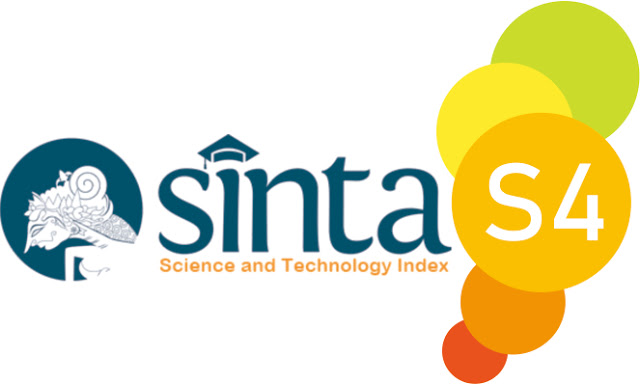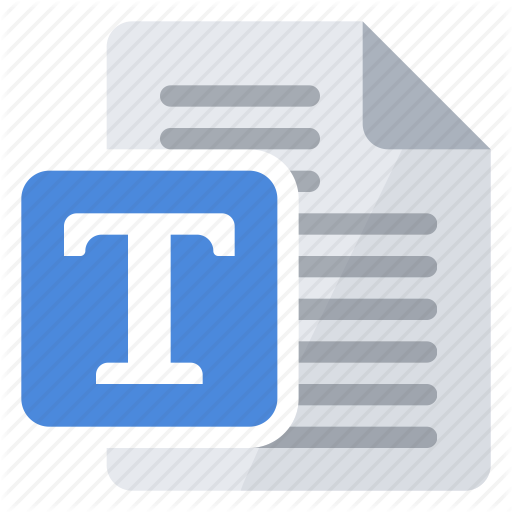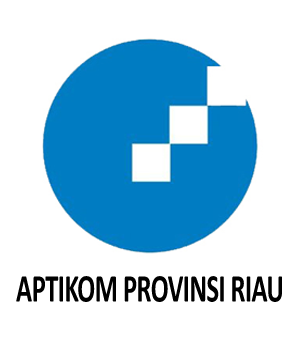Monitoring Water Quality in The Well-Water Processing System to Make Drinkable Water Based on IoT
Abstract
Indonesia is also inseparable from problems related to clean water. The city of Pekanbaru is currently experiencing rapid growth. In some big cities, the difficulty of clean water suitable for consumption is commonly felt by some residents, for example in Tuah Karya district – Pekanbaru. Moreover, this area is prone to flooding so the quality is getting worse because it smells and is cloudy. To produce clean water suitable for drinking that can be consumed by all levels of society. Water quality monitoring is also easy to do with IoT-based water quality monitoring tools. The goal of developing this prototype is to improve the healthy standard of living of the community by meeting the clean water needs of the prototype to be built. Seen from the main indicators, TDS and PH = TMS (Not Eligible) were obtained and followed by several other indicators that were still TMS. The results of the sample test showed that the water did not belong to the category of clean water and was suitable for consumption. After the water source of the drilled well is filtered using a tool made (without a manganese filter), the main indicators of TDS and pH are qualified.
Downloads
References
R. Situmorang and J. Lubis, “Analisis Kualitas Air Sumur Bor Berdasarkan Parameter Fisika Dan Parameter Kimia Di Desa Bagan Deli Kecamatan Medan Belawan,” EINSTEIN e-JOURNAL, vol. 5, no. 1, 2017, doi: 10.24114/einstein.v5i1.7226.
Menteri Kesehatan Republik Indonesia, “1.-PerMenKes4161990-SyaratPengawasan_Kualitas_Air”, Accessed: Jun. 09, 2024. [Online]. Available: https://katigaku.top/wp-content/uploads/2018/12/1.-PerMenKes4161990-SyaratPengawasan_Kualitas_Air.pdf
G. Grilli and J. Curtis, “Knowledge and awareness of water quality protection issues within local authorities,” Environ Sci Policy, vol. 135, 2022, doi: 10.1016/j.envsci.2022.04.017.
I. L. Lestari, A. R. Singkam, F. Agustin, P. L. Miftahussalimah, A. Y. Maharani, and R. Lingga, “Perbandingan Kualitas Air Sumur Galian dan Bor Berdasarkan Parameter Kimia dan Parameter Fisika,” BIOEDUSAINS:Jurnal Pendidikan Biologi dan Sains, vol. 4, no. 2, 2021, doi: 10.31539/bioedusains.v4i2.2346.
Efendy M, “Kejaksaan RI: posisi dan fungsinya dari perspektif hukum,” Gramedia Pustaka Utama, 2005.
M. R. Van Der Valk and P. Keenan, “Principles of good governance at different water governance levels,” Principles of good governance at different water governance levels, 2011.
K. Zisopoulou, D. Zisopoulos, and D. Panagoulia, “Water Economics: An In-Depth Analysis of the Connection of Blue Water with Some Primary Level Aspects of Economic Theory I,” Water (Switzerland), vol. 14, no. 1, 2022, doi: 10.3390/w14010103.
N. Yaqin, A. F. Zuhri, and T. Hariono, “Automatic Control of Hydroponic Plant Ph Levels Using Sensor Sku Sen 0161,” NEWTON: Networking and Information Technology, vol. 1, no. 3, 2022, doi: 10.32764/newton.v1i3.2094.
Y. Irawan, H. Fonda, E. Sabna, and A. Febriani, “Intelligent quality control of shrimp aquaculture based on real-time system and IoT using mobile device,” International Journal of Engineering Trends and Technology, vol. 69, no. 4, 2021, doi: 10.14445/22315381/IJETT-V69I4P208.
N. K. Velayudhan, P. Pradeep, S. N. Rao, A. R. Devidas, and M. V. Ramesh, “IoT-Enabled Water Distribution Systems - A Comparative Technological Review,” IEEE Access, vol. 10, 2022, doi: 10.1109/ACCESS.2022.3208142.
S. Ismail, D. W. Dawoud, N. Ismail, R. Marsh, and A. S. Alshami, “IoT-Based Water Management Systems: Survey and Future Research Direction,” IEEE Access, vol. 10, 2022, doi: 10.1109/ACCESS.2022.3163742.
N. J. Okoli and B. Kabaso, “Building a Smart Water City: IoT Smart Water Technologies, Applications, and Future Directions,” Water (Switzerland), vol. 16, no. 4. 2024. doi: 10.3390/w16040557.
A. A. Maroli, V. S. Narwane, R. D. Raut, and B. E. Narkhede, “Framework for the implementation of an Internet of Things (IoT)-based water distribution and management system,” Clean Technol Environ Policy, vol. 23, no. 1, 2021, doi: 10.1007/s10098-020-01975-z.
W. T. Sung, F. N. Fadillah, and S. J. Hsiao, “IoT-based Water Quality Monitoring,” Sensors and Materials, vol. 33, no. 8, 2021, doi: 10.18494/SAM.2021.3342.
D. Devasena, R. Ramya, Y. Dharshan, S. Vivek, and T. Darshan, “IoT-based water distribution system,” Int J Eng Adv Technol, vol. 8, no. 6, 2019, doi: 10.35940/ijeat.D6295.088619.
F. Jan, N. Min-Allah, S. Saeed, S. Z. Iqbal, and R. Ahmed, “IoT-Based Solutions to Monitor Water Level, Leakage, and Motor Control for Smart Water Tanks,” Water (Switzerland), vol. 14, no. 3. 2022. doi: 10.3390/w14030309.
G. Gautam, G. Sharma, B. T. Magar, B. Shrestha, S. Cho, and C. Seo, “Usage of IoT framework in water supply management for smart city in Nepal,” Applied Sciences (Switzerland), vol. 11, no. 12, 2021, doi: 10.3390/app11125662.
M. Kumar, T. Singh, M. K. Maurya, A. Shivhare, A. Raut, and P. K. Singh, “Quality Assessment and Monitoring of River Water Using IoT Infrastructure,” IEEE Internet Things J, vol. 10, no. 12, 2023, doi: 10.1109/JIOT.2023.3238123.
M. Hamdi, A. Rehman, A. Alghamdi, M. A. Nizamani, M. M. S. Missen, and M. A. Memon, “Internet of Things (IoT) Based Water Irrigation System,” International journal of online and biomedical engineering, vol. 17, no. 5, 2021, doi: 10.3991/ijoe.v17i05.22081.
M. Elsayed Gabr, H. Soussa, and E. Fattouh, “Groundwater quality evaluation for drinking and irrigation uses in Dayrout City Upper Egypt,” Ain Shams Engineering Journal, vol. 12, no. 1, 2021, doi: 10.1016/j.asej.2020.05.010.
W. K. Phua et al., “Ain-based mems (Micro-electro-mechanical system) hydrophone sensors for IoT water leakage detection system,” Water (Switzerland), vol. 12, no. 11, 2020, doi: 10.3390/w12112966.
Nofri Wandi Al-Hafiz, Helpi Nopriandi, & Harianja. (2024). Design of Rainfall Intensity Measuring Instrument Using IoT-Based Microcontroller. JURNAL TEKNOLOGI DAN OPEN SOURCE, 7(2), 202 - 211. https://doi.org/10.36378/jtos.v7i2.2898
Copyright (c) 2024 Hendry Ponda, Uci Rahmalisa, Haris Tri Saputra, Rika Melyanti

This work is licensed under a Creative Commons Attribution-ShareAlike 4.0 International License.
This is an open-access article distributed under the terms of the Creative Commons Attribution-ShareAlike 4.0 International License which permits unrestricted use, distribution, and reproduction in any medium. Users are allowed to read, download, copy, distribute, search, or link to full-text articles in this journal without asking by giving appropriate credit, provide a link to the license, and indicate if changes were made. All of the remix, transform, or build upon the material must distribute the contributions under the same license as the original.















